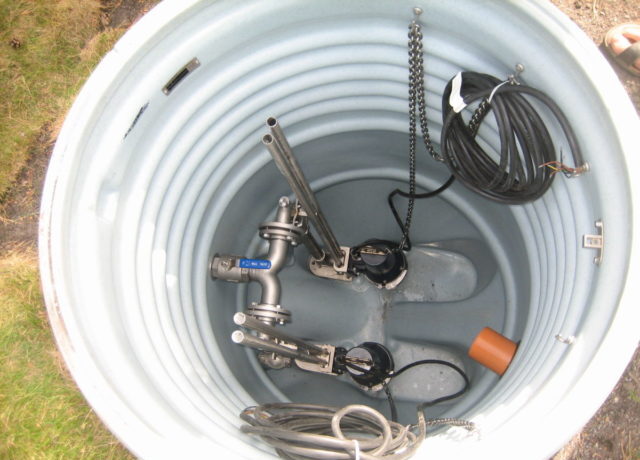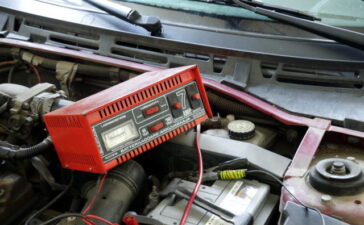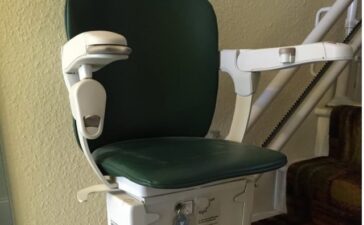If you suffer from frequent icy patches around your residence even after covering your basement, the problem may be something other than winter precipitation. Flood damage and water buildup are signs that you might need a pumping system. A sump pump is an installation device typically placed at lower ground levels and crawlspace and draws waters from excessive flooding. About 60% of the residents in America suffer from moisture retention on lower grounds, constantly facing flooded basements, which weigh them financially in the long run. This can cause mildew growth and, consequently, a number of respiratory diseases.
Sump pumps are effective devices in low-level areas where people experience recurring thawing of snow and heavy precipitation. Dealing with flooded basements is a highly daunting task, and what’s even more overwhelming is the long bills for repair costs and maintenance. A basement without a well-functioning pumping system can render your residence practically drenched in every corner. But have you ever wondered how they work? Read more to know just that:
What Are Sump Pumps?
Sump pumping systems have a motor unit that can pump water from one place and dump it into another region. Moisture or pressure monitoring valves are part of this system. This pit absorbs water drainage, accumulates it, and then pumps it back out. They are, thus, a discrete and practical solution to drain excess moisture from your property. Sump pumps come in different designs, so you may pick the one that works best for your requirements, but they all function according to the same fundamental physics and principles.
Operations Of Sump Pumps
Sump pumps are placed in a basin pit, which is about 0.6 meters deep and 0.45 meters in width. While installing sump pumps, the first step is to dig this pit at the lowest crawlspace. These pits are incredibly crucial as they carry the volume of water that enters the basement, and when it reaches a certain threshold, it draws the water away from the space and drains the excess through a pipe. The machine has a check valve that prevents the water from flowing back into the basement.
The best sump pumps are ones that operate automatically through pressure sensors, which are initiated when the water level passes the limit. While conventional sumps are also available, their convenience factor is on the lower end of the spectrum. A half-submerged ball floats with a stick attached, moving like an arm when the water rises. A typical residential pumping system operates on centrifugal forces to push the water out with an impeller. These forces push the water to the edges of the pit, causing a significant pressure buildup in the middle. Thus, the excess water from the basin is suctioned to the middle and poured out through the pipe.
Considerations To Make When Choosing A Sump Pump
A sump pump comes in a variety of types and designs, such as a submersible, pedestal, a combination of the two, or battery backups. With a plethora of options, you will have to make the following choices to make an ultimate decision:
- Ease of operation: Taking care of flooding is a daunting task in itself, and manually operating a flood-preventive machine is a whole other issue. Always opt for automatic ones as they are convenient. Though they are more expensive, the investment would be worth it. Upon further research, you can also find wifi-enabled ones to notify in case of a power outage.
- Horsepower: These pumps are found in ½, ⅓, ¾, and whole horsepower settings. This choice will depend on how severe the flooding issue is.
- Cord length: Cord length is an overlooked issue when making your first purchase. Your sump pumps must be attached and plugged into the GFCI outlet, not through an extension cord. As such, cord length becomes an essential aspect to factor in.
Conclusion
Sump pumps are an important addition to your home. They protect the electric outlets and other essentials in your basement and retain the structural integrity of your home. Like other generators, these pumps utilize household electricity to function, revealing the need for investing in a specialized wired outlet. Additionally, they make flood dealing an effortless task.






